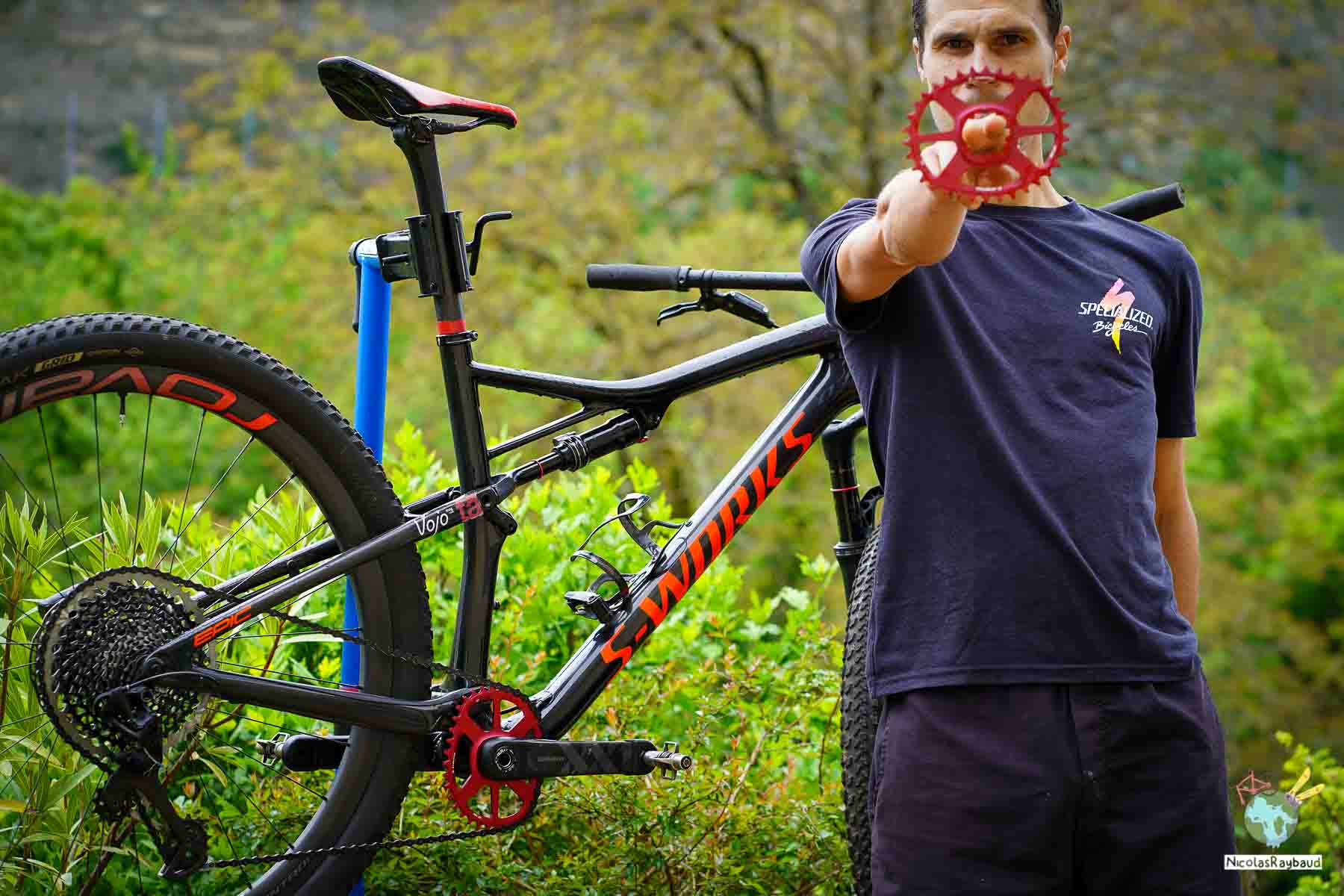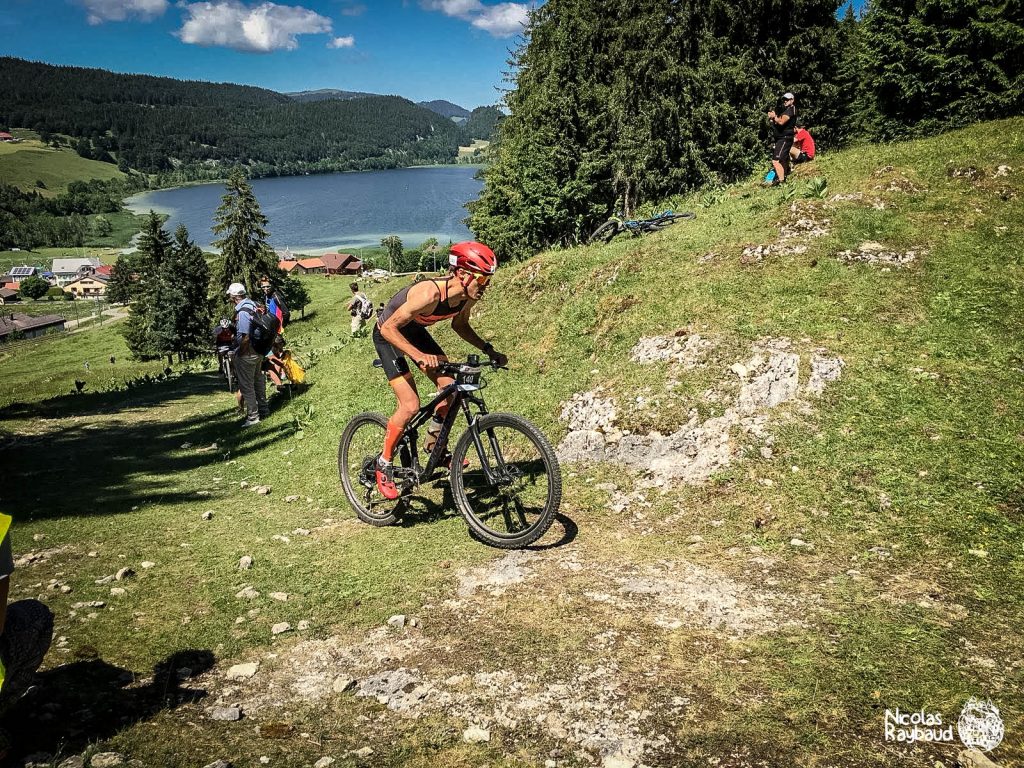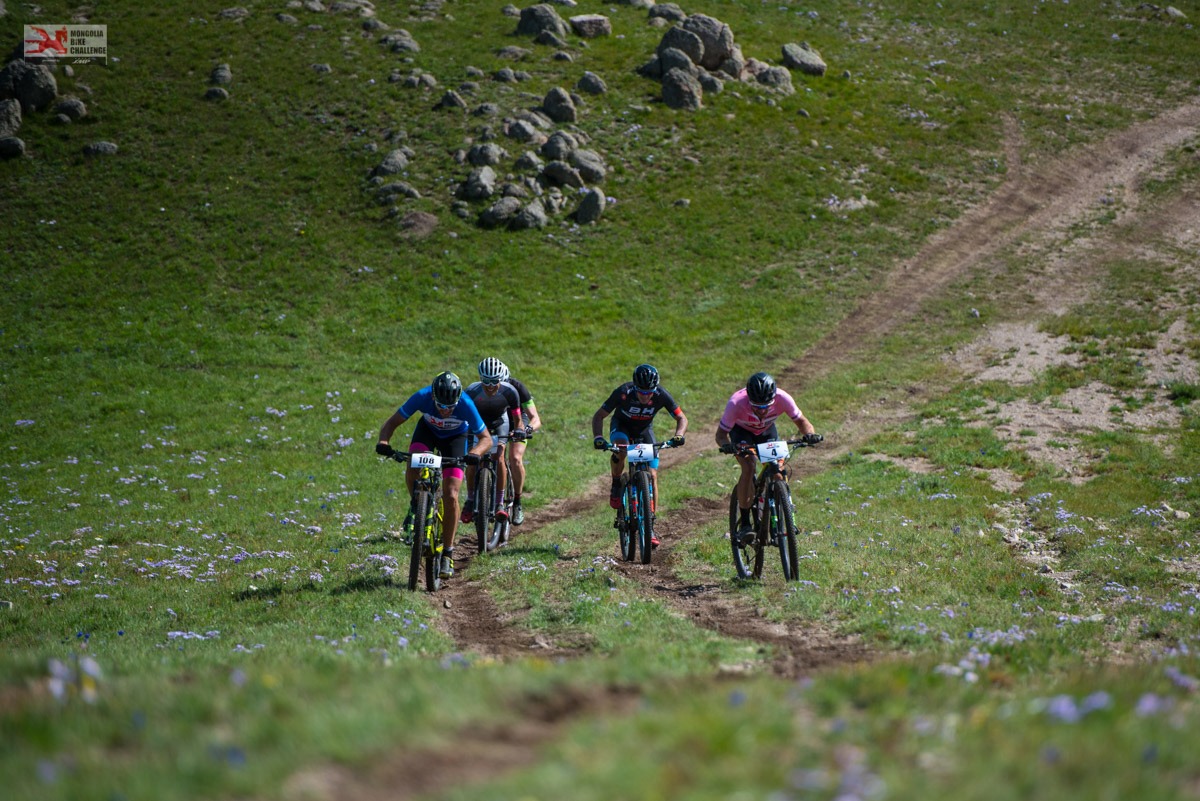Le plateau Osymetric ® est un ovni sur le marché des plateaux ovoïdes. Depuis le Roc d’Azur 2017, j’ai changé de forme. Voici 6 mois que je roule sur ces plateaux tant sur la route qu’en vtt. J’ai une meilleure sensation de vélocité et ressent un effet “coup de boost” sur des profils de parcours. Je ne rentrerai pas en confrontations sur les arguments avancés par la marque. Je ne parlerai pas de gains de 10 % de watt ou de 10 % de réduction de l’acide lactique. Dans cet article, je vais vous donner mon expérience d’utilisation d’un mono plateau ovale en vtt.
Mon expérience des plateaux ovales.
Comme bon nombre de cycliste, j’ai effectué mes premiers tours de pédales sur des plateaux ronds. Mon premier plateau ovale était de la marque Stronglight®, le modèle BioConcept®.

Le chemin des Douaniers lors du Roc d’Azur 2017
J’ai accentué l’ovalisation en roulant pendant plusieurs années sur la marque Rotor®. J’étais très satisfait de la courbe proposé par Rotor®. Mais je ne me barricade pas derrière des convictions.
Il faut sans cesse essayer de nouvelles choses pour s’améliorer ou entretenir la motivation.

La fabrication des plateaux Osymetric ®
Les plateaux Osymetric ® sont fabriqués en France. C’est à Saint-Etienne par la marque Stronglight ® usine les plateaux. L’expérience et la proximité de la firme Stéphanoise permet à Osymetric ® de développer son concept et s’adapter à “des détails d’incompatibilités” mise en place par des équipementiers.

Ces derniers changeant le plus souvent possible de petits détails et finissent par embêter tout le monde (Grossiste, détaillants, et fabricant ) en prétextant un avantage. Rassurez-vous, il y a toujours des solutions.

Avec une clé à pan et torcx, le montage du plateau de 36 dents sur la manivelle est un jeu d’enfant. L’erreur n’est pas possible avec le détrompeur. Le point le plus haut se situe à la perpendiculaire de la manivelle.

La chaîne monte et descend sans accroche sur la cassette SRAM Eagle 11v.
Quels sont les avantages de rouler avec Osymetric ?
Habitué au mono plateau rond, la prise en main est dans un premier temps déstabilisante. Je sens ce point haut lors de la phase de poussée.
Après quelques minutes, mon cerveau fait son “set point”. Le coup de pédale “carré” se fait oublier.
L’effet “coup de boost” se ressent au temps de pédalage le plus haut et accéléré par la minimisation du point mort. Le pied remonte plus rapidement et la sensation de vélocité se fait ressentir.

Dans la pente, l’avantage de l’ovalisation saute très vite aux yeux.

Dans les longs cols, le fait de réduire le point mort donne la sensation de régulariser son intensité et indirectement d’améliorer sa vitesse d’ascension en moyenne. Cela est synonyme d’un coût énergétique réduit et d’endurance.
Les compétitions m’ont convaincu de l’avantage du plateau ovale.

Le passage de franchissement et la motricité générée sont les “coup de boost” les plus remarquables.. Dans les fortes pentes, les montées parsemées de pierre, les traversées par des racines, dans les relances, le coup de pédale ne fait pas patiner.
Le pédalage est fluide grâce à l’élimination du point mort. Il permet de garder une force de traction et de garde sol impressionnante. Je perd moins d’énergie.
Pourquoi j’utilise les plateaux Osymetric ?
Je suis convaincu du bénéfice des plateaux Osymetric ® et plus généralement des plateaux ovales.
Plusieurs échanges me confirment aussi que les plateaux ovales ne sont pas faits pour tous les profils de cyclistes. Certaines personnes ne s’adaptent pas au pédalage ou ne ressentent pas de gain à les utiliser, (notamment quand il faut de la force pour passer de forts pourcentage).
Ayant utilisé les plateaux Rotor pendant 4 années, je ne regrette pas mon choix d’avoir évolué vers la courbe Osymetric ®.
La forme des plateaux Osymetric ® en TwinCam est unique. Elle se démarque largement de la marque hispanique rotor et d’autres marques du marché ovoïde. Cet ovale prononcé a certainement du mal à convaincre.
On peut y voir une caricature marketing de l’ovalisation. Mais ce n’est pas une courbe hasardeuse.
Liens utiles
- Débat technique des plateaux non circulaire: https://www.vojomag.com/les-plateaux-ovales-pourquoi-et-comment/
- Le fabricant Osymetric: https://www.osymetric.com





Commentaires